On 23 April 2024, Samantha Ho (Eco Business), Surin Suksuwan and Teckwyn Lim, moderated by Yao-Hua Law of Macaranga Media, gathered to discuss Malaysia’s Ecological Fiscal Transfer (EFT) policy, a federal initiative aimed at incentivizing state governments to conserve forests and protected areas. The webinar shed light on the program’s challenges, transparency gaps, and potential improvements. Here were the key takeaways:
1. Limited Funds Disbursed, Lack of Transparency
Since its introduction in 2019, the federal government has allocated RM800 million under the EFT scheme. However:
Less than 5% of the funds have been disbursed.
In some years, the amounts given to state governments were lower than publicly stated.
The Ministry of Natural Resources and Environmental Sustainability (NRES) did not disburse funds in certain years, raising questions about oversight.
While some projects—such as Tasik Chini’s conservation and an artificial reef in Kelantan—were highlighted, most states provided little detail on how funds were used. Johor was the most transparent but only shared data from 2021, leaving earlier allocations unaccounted for.
2. Why Does the Federal Government Need States’ Cooperation?
States control land, while the federal government has international commitments (e.g., protecting 20% of Malaysia’s land).
Without state cooperation, federal conservation goals (such as maintaining 50% forest cover) may fail—especially as states like Sarawak continue converting forests for agriculture.
Currently, there is no penalty for states that reduce forest cover, and little compensationfor states like Pahang and Sabah, which already maintain high forest coverage.
3. Ambiguity in Definitions and Monitoring
The federal government retracted a list of protected areas from MyBIS, claiming it was a temporary delay—but five and a half years later, clarity is still lacking.
Without clear definitions, it’s difficult to determine what qualifies as a protected forest or how much forest cover exists.
No strict monitoring ensures funds are used for conservation. Some states reportedly spent EFT money on roads and other non-conservation projects. However, some panellists agreed that for EFTs to work, state governments should have freedom to choose as to what they define as constituting ‘conservation’.
4. Should EFTs Be Tied to Conservation Outcomes?
Teckwyn argued that EFTs should increase protected areas and maintain forest cover, not just fund existing state activities.
Surin suggested that states failing to protect forests should lose funding, turning EFTs into a performance-based incentive.
Samantha emphasized transparency—even if funds aren’t spent on conservation, the public deserves to know how they’re used.
5. Rethinking EFTs: Opportunity Cost, Not Just Conservation Funds
Since federal transfers to states are constitutionally mandated, EFTs could be structured as compensation for lost economic opportunities (e.g., logging or mining bans).
Surin proposed: “If you have X amount of forests, you get X amount of money.”
Others questioned whether framing EFTs as “conservation funds” is effective—perhaps they should be seen as payments for ecosystem services.
Conclusion
Malaysia’s EFT policy has the powerful potential to safeguard Malaysia’s natural heritage as well as being a legitimate tool to back up the Malaysian government’s pledge of maintaining 50% forest cover. Notwithstanding, the general consensus was concern over the lack of transparency at how public funds were being spent.
Part 1 of Macaranga Media’s coverage of EFTs can be found here. Part 2 may be found here.
MyBIS’ list of protected areas may be found here.

